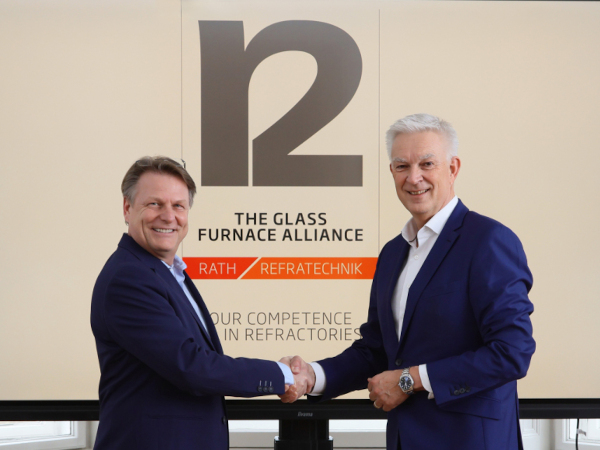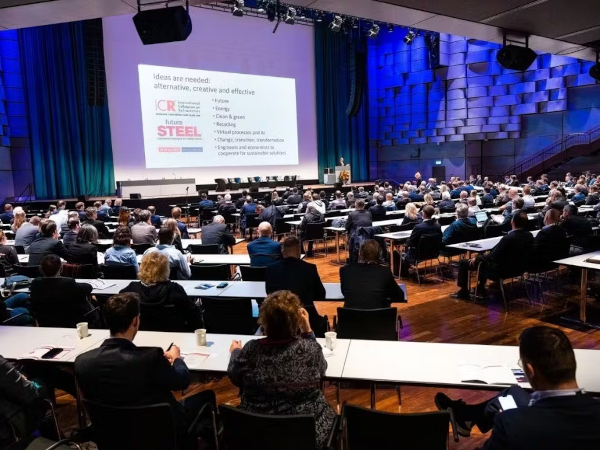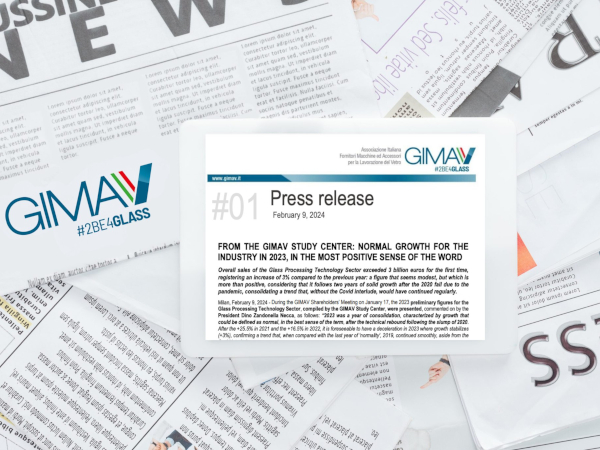Date: 29 October 2008
Less often seen, but nevertheless vital goods produced from HDPE include water pipes, gas mains, oil tanks, and geomembranes. The lightweight, non-toxic material is easily recyclable and is increasingly being utilized as an alternative for less environmentally friendly substances. A new study from Ceresana Research now closely examines this important plastic market.
The Growing HDPE Market
During the past year, the global HDPE market reached a volume of more than 30 million tons. This is after attaining 22 million tons in the year 2000. Worldwide demand for HDPE is primarily influenced by rapidly growing industries, especially those of packing and construction. Even though North America and Western Europe continued to account for about 44% of global demand during 2007, the Asia-Pacific region is constantly propelling more worldwide growth, and will, in large part, drive future HDPE revenue increases. East European countries (especially Russia) are benefiting from substantial growth rates and currently possess a market volume of approximately 2.5 million tons. Ceresana Research expects HDPE revenues to nearly double by 2016, as a result of increased sales volumes and higher prices.
The Asian Pacific is Expanding Market Share
The Asian Pacific’s share of worldwide HDPE demand has risen from 31% in the year 2000, to more than 35% in 2007. China’s manufacturing industry comes in first place followed by those in India, Japan, and South Korea. Producers of HDPE in the region profit from rapidly growing Asian markets, even in relatively smaller countries, such as Malaysia, and from export opportunities in North America and Western Europe. The HDPE manufacturing industries in previously established nations are migrating more and more to fast growing and cost effective countries in Asia. One anomaly is the production of fibers: Only about 5% of global HDPE demand fell on this sector, but it is principally concentrated in the Asian Pacific region.
The Middle East Aspires to Reach the Top
Throughout the Middle Eastern countries, demand for plastic is consistently increasing, along with production: The Gulf States no longer want to exclusively export petroleum, but also want to offer global market products with a higher added value. Since the year 2000, production of HDPE has increased more than 20% per year, whereby a large portion was accounted for by Saudi Arabia. There is no end in sight for this rapid development: Until the year 2013, projects are planned throughout the Middle East with a total capacity of 6.9 million tons. These developments are expected to make this region the most important supplier of HDPE in the world.
What will Become of Western Europe and North America?
In contrast to the Middle East, only minor expansions in capacity are planned for Western Europe and North America, whereby most new production facilities will replace older ones. Smaller factories will increasingly be abandoned here, but also within the remaining regions. In the future, established manufacturers of HDPE need to create more innovative products and efficient production technologies in order to compete with new suppliers.
Many HDPE Application Areas are Growing Substantially
Milk bottles and other hollow goods manufactured through blow molding are the most important application area for HDPE – More than 8 million tons, or nearly one third of worldwide production, was applied here. Above all, China, where beverage bottles made from HDPE were first imported in 2005, is a growing market for rigid HDPE packaging, as a result of its improving standard of living. In India and other highly populated, emerging nations, infrastructure is being expanded – not without pipes and cable insulation made from HDPE. The environmentally friendly material has benefited from discussions about possible health and environmental problems caused by PVC, or as the case may be, its advantages over glass, metal and cardboard.
The Most Comprehensive Worldwide Market Study for HDPE
The Polyethylene Market Study – HDPE offers 900 pages of quintessential information on this rapidly growing market. It provides 100 company profiles for current and future manufacturers throughout the world, and shows detailed development of 65 Nations with several country profiles. In addition, this valuable composition informs the reader about technical characteristics, manufacturing, and recycling for this plastic. The Study explains, in detail, a variety of application areas for HDPE and gives an overview of relevant laws and environmental regulations. This market report is available immediately in English or German, exclusively from Ceresana Research: www.ceresana.com.
About Ceresana Research
As an independent market research company, we are among the worldwide leading specialists for commodities as well as the chemical and manufacturing industries. Our multi-user market studies and individually commissioned reports provide the foundation for strategic decisions for our clients.
Through the combination of competence, experience, innovation and quality, our customers receive high-value knowledge on which to base their decisions. Our clients from more than 40 countries include well-known retail and industrial companies in the most diverse markets as well as renowned institutes and organisations.
Further information:
Ceresana Research
Blarerstr. 56, 78462 Konstanz, Germany
Tel.: 49 7531 94293 0, Fax: 49 7531 94293 27
Press contact: Martin Ebner, M.A., m.ebner@ceresana.com
Visit us at www.ceresana.com/en







Add new comment